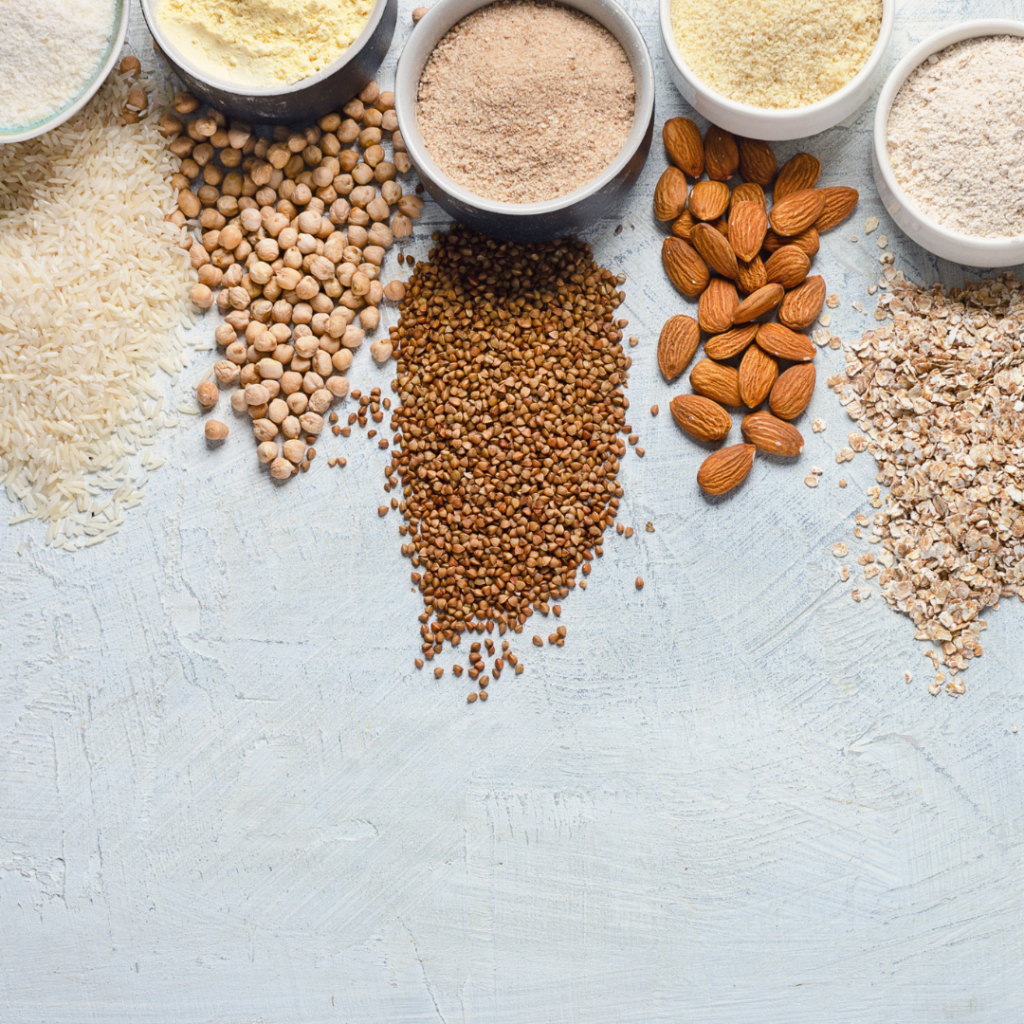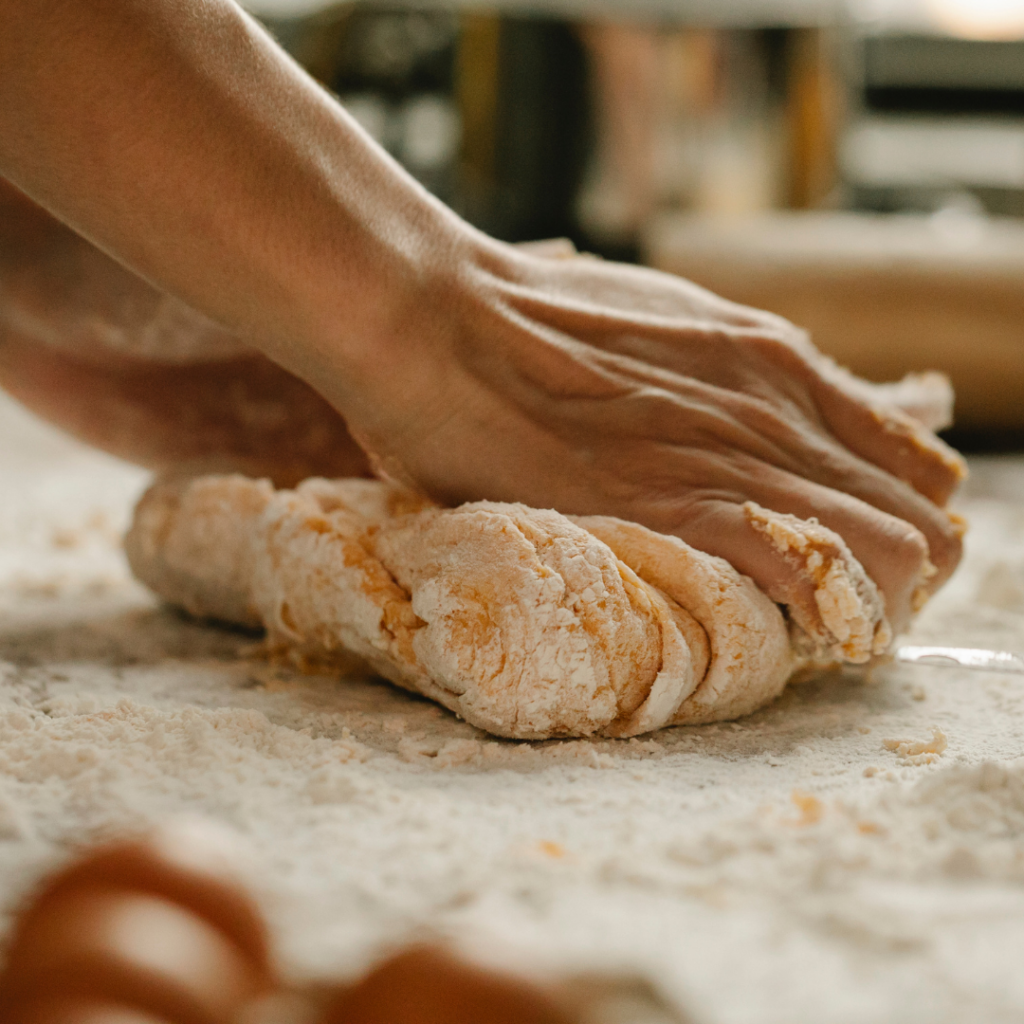In the world of baking, where flour and butter reign supreme, embracing a ketogenic lifestyle while managing food allergies can seem like a daunting challenge. However, with the right knowledge and a touch of creativity, you can navigate this culinary journey with finesse. This article dives into the world of keto baking for those with gluten and dairy allergies, offering a wealth of information, tips, and mouthwatering recipes that prove that a low-carb, allergen-free lifestyle is not only possible but also deliciously satisfying.
Navigating the world of baking can be a delightful adventure, filled with the tantalizing aromas of fresh bread, warm cookies, and indulgent pastries. However, for those who are on a ketogenic journey and also contend with allergies to gluten and dairy, this adventure may seem like a challenging puzzle. The good news is that keto baking can seamlessly accommodate gluten-free and dairy-free lifestyles, offering a realm of flavors, textures, and creativity that cater to a variety of dietary needs. In this exploration of “Keto Baking for Allergies: Gluten-Free, Dairy-Free Options,” we’ll uncover the secrets of crafting mouthwatering treats without compromising taste, health, or the joy of indulgence.
The Double Challenge: Keto and Allergies

Embracing a ketogenic lifestyle comes with its own set of transformative benefits and dietary adjustments. Simultaneously, dealing with allergies to gluten and dairy adds an extra layer of complexity to the culinary landscape. As you embark on the journey of “Keto Baking for Allergies: Gluten-Free, Dairy-Free Options,” it’s essential to understand the unique interplay between these two challenges and how they can be harmonized to create a delicious and health-conscious approach to baking.
The ketogenic diet’s foundation in low-carb, high-fat consumption might seem inherently restrictive, but it aligns remarkably well with addressing gluten and dairy allergies. By focusing on real, whole foods while avoiding grains and sugars, the keto approach inadvertently minimizes exposure to gluten. Additionally, dairy – a common allergen – can easily be replaced with non-dairy alternatives like almond milk, coconut milk, and vegan cheeses, which complement the tenets of a ketogenic diet. This dual strategy of carb reduction and allergen avoidance presents a unique opportunity for individuals to not only achieve their nutritional goals but also address their health needs.
Navigating these challenges requires a blend of resourcefulness and culinary ingenuity. Fortunately, the world of keto baking is rich with versatile ingredients and clever techniques that cater to gluten and dairy allergies. From almond flour-based breads to coconut milk-infused desserts, the realm of allergen-conscious keto baking is a realm of exploration, where every ingredient choice and substitution is a step toward both vibrant health and gastronomic delight. As we delve deeper into the intricacies of creating scrumptious gluten-free and dairy-free keto baked goods, remember that you’re embarking on a path that celebrates both nourishment and culinary craftsmanship.
Harnessing Alternative Flours and Fats
A cornerstone of gluten-free, dairy-free keto baking is the artful selection of alternative ingredients. Almond flour and coconut flour, both gluten-free powerhouses, offer a world of possibilities. Almond flour introduces a delicate nuttiness and moist texture, while coconut flour’s unique absorbency and mild flavor contribute a touch of exotic charm. In place of dairy fats, coconut oil, avocado oil, and ghee (clarified butter) step in to provide that essential richness and moisture. With these key players in your pantry, you’ll embark on a journey where allergen-consciousness meets culinary creativity, resulting in a treasure trove of delectable keto baked goods that cater to both your nutritional goals and dietary sensitivities. As we delve into the heart of “Keto Baking for Allergies: Gluten-Free, Dairy-Free Options,” let’s explore how these alternative ingredients open the door to a world of flavors, textures, and possibilities that cater to diverse dietary needs.
Alternative Flours: Almond Flour and Coconut Flour
Almond flour and coconut flour are the dynamic duo of gluten-free keto baking. Almond flour, finely ground blanched almonds, brings a rich, nutty flavor and a satisfyingly moist texture to baked goods. Its versatility makes it a fantastic base for a variety of recipes, from fluffy pancakes to delicate scones. On the other hand, coconut flour, made from dried and ground coconut meat, is highly absorbent, requiring less volume than traditional flours. Its inherent sweetness and mild coconut aroma bring a unique character to baked goods.
Dairy-Free Fats: Coconut Oil, Avocado Oil, and Ghee
Dairy-free fats play a crucial role in keto baking, adding richness, moisture, and flavor. Coconut oil, with its slightly sweet essence and solid consistency at room temperature, is a versatile butter replacement. Avocado oil, known for its mild taste and high smoke point, lends itself well to both sweet and savory creations. Ghee, which is clarified butter with the milk solids removed, offers the familiar richness of butter without the dairy proteins. These fats are not only delicious but also align with the health-conscious ideals of the ketogenic diet.
By harnessing the potential of alternative flours and fats, you’re not only crafting delectable baked goods but also creating a harmonious convergence of keto principles and allergen-conscious choices. The journey ahead invites you to experiment with textures, explore new tastes, and discover the joy of culinary creation that accommodates both your dietary preferences and your wellness goals. As we venture further into the realm of gluten-free, dairy-free keto baking, remember that each choice you make transforms your kitchen into a haven of nourishment, where food allergies are met with ingenuity and every bite tells a story of adaptability and scrumptiousness.
Understanding the Allergens: Gluten and Dairy

Gluten, a protein found in wheat, barley, and rye, can trigger adverse reactions in individuals with celiac disease or non-celiac gluten sensitivity. Dairy allergies involve an immune response to the proteins found in cow’s milk, leading to symptoms ranging from digestive discomfort to skin issues.
Thankfully, the ketogenic diet aligns well with gluten-free and dairy-free lifestyles. By substituting ingredients creatively and thoughtfully, you can still indulge in a wide array of baked goods without compromising your health or taste buds.
Flour Alternatives for Gluten-Free Baking
When it comes to gluten-free keto baking, almond flour, coconut flour, and flaxseed meal are your best friends. Almond flour provides a rich, nutty flavor and a tender crumb, mimicking the texture of traditional flour. Coconut flour, with its high fiber content, requires less volume and binds moisture effectively. Flaxseed meal adds a nutty taste and a dose of healthy fats while providing structure.
Dairy-Free Fats and Binders
Dairy-free fats like coconut oil, avocado oil, and ghee (clarified butter) are excellent substitutes for butter in keto baking. Coconut oil, in particular, lends a rich flavor and moisture to baked goods.
For binding purposes, eggs remain a key ingredient in dairy-free keto baking. However, if you’re avoiding eggs as well, consider using chia or flaxseed eggs as egg substitutes. These gelled mixtures mimic the binding properties of eggs and are ideal for vegan and egg-sensitive individuals.
Navigating Sweeteners and Flavorings
When it comes to sweeteners, most options are gluten- and dairy-free. However, be mindful of pre-packaged keto baking mixes, as they might contain hidden gluten or dairy sources.
For flavorings, vanilla extract, cocoa powder, and spices are all naturally gluten- and dairy-free. Opt for pure extracts to avoid any potential additives that might contain allergens.





